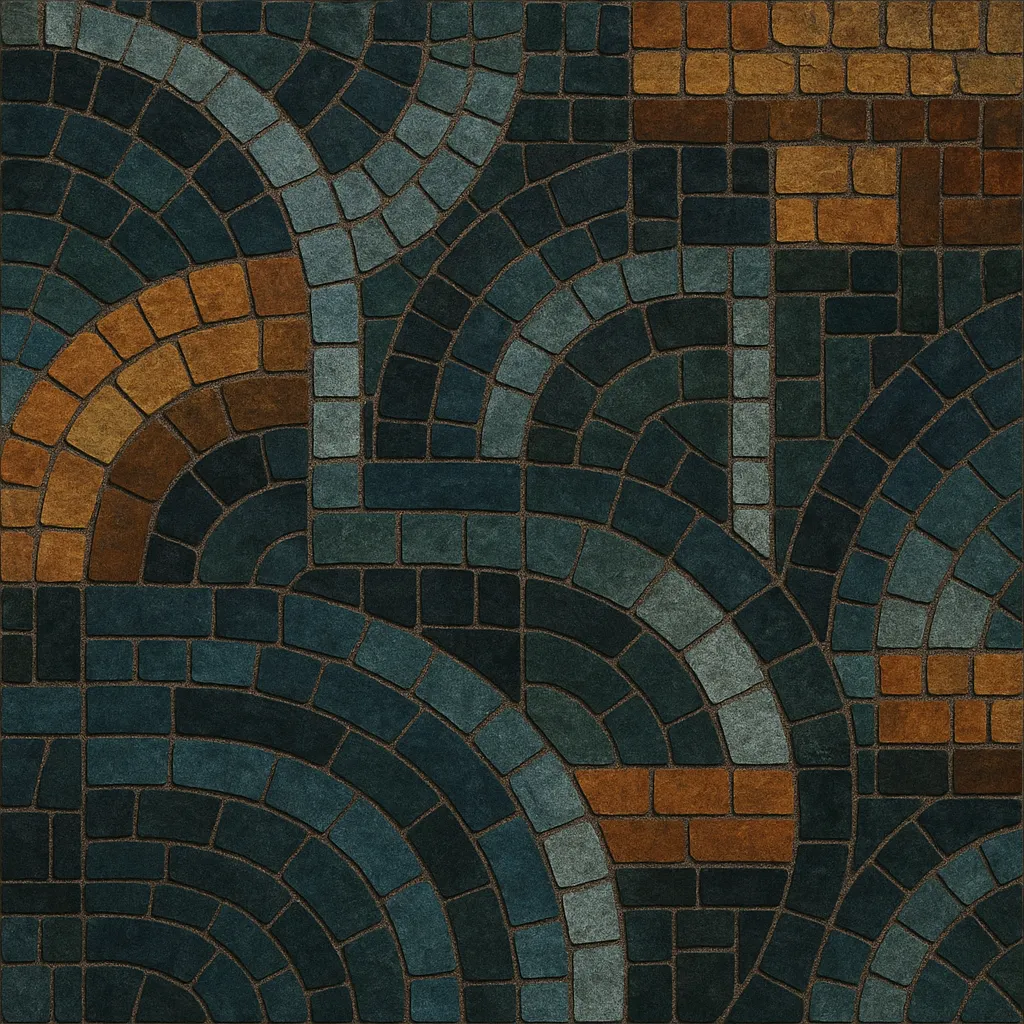Rominimal is a Romanian strain of minimal house/techno defined by long, hypnotic grooves, ultra-reduced arrangements, and micro-variations that unfold over extended runtimes. Tracks typically center on a subtly swinging 4/4 pulse, lean drum programming, and warm, elastic sub-bass that carries the momentum without obvious breakdowns or big-room dramatics.
The aesthetic favors detail over density: tiny percussive inflections, whispered textures, and dubby auxiliary sounds create movement inside the loop. The result is music that feels simultaneously understated and deeply immersive—purpose-built for long DJ sets, audiophile systems, and after-hours environments. Labels, crews, and festivals tied to Bucharest’s scene—most famously [a:rpia:r] and Sunwaves—helped consolidate the sound and export it globally.
Rominimal emerged in Romania during the global minimal techno and microhouse wave of the mid–late 2000s. Bucharest’s tight-knit DJ/producer community absorbed the reductionist lessons of minimal techno (Germany) and microhouse (Chile/Germany), but pushed them toward subtler, dub-influenced grooves tailored to long-form DJ storytelling. The launch of the [a:rpia:r] project (Rhadoo, Petre Inspirescu, Raresh) and the rise of local promoters/agency Sunrise were pivotal.
Through the 2010s, a distinctive ecosystem formed: boutique labels pressing meticulously mixed vinyl, collectives curating marathon parties, and festivals like Sunwaves offering multi-day, beachfront marathons where the style’s patient arcs made sense. Producers refined a sonic code—dry, precise drums; elastic sub-bass; field recordings and room tones; micro-edits—that rewarded attentive listening and high-fidelity playback.
Word-of-mouth, vinyl culture, and online recordings spread the sound well beyond Romania. International clubs booked Romanian selectors for extended sets, while non-Romanian artists adopted the approach. The term “rominimal” (sometimes “RO-minimal”) became shorthand for this Bucharest-rooted minimalism: deeper, dubbier, and more groove-obsessed than the big-room minimal of the late 2000s.
Rominimal continues to thrive as a connoisseur’s club style. Its influence is audible across the Minimal/Deep Tech category and in the renewed appetite for long-form, detail-rich DJ tools. While still associated with Romania, its community is now international, linked by shared aesthetics rather than geography.


